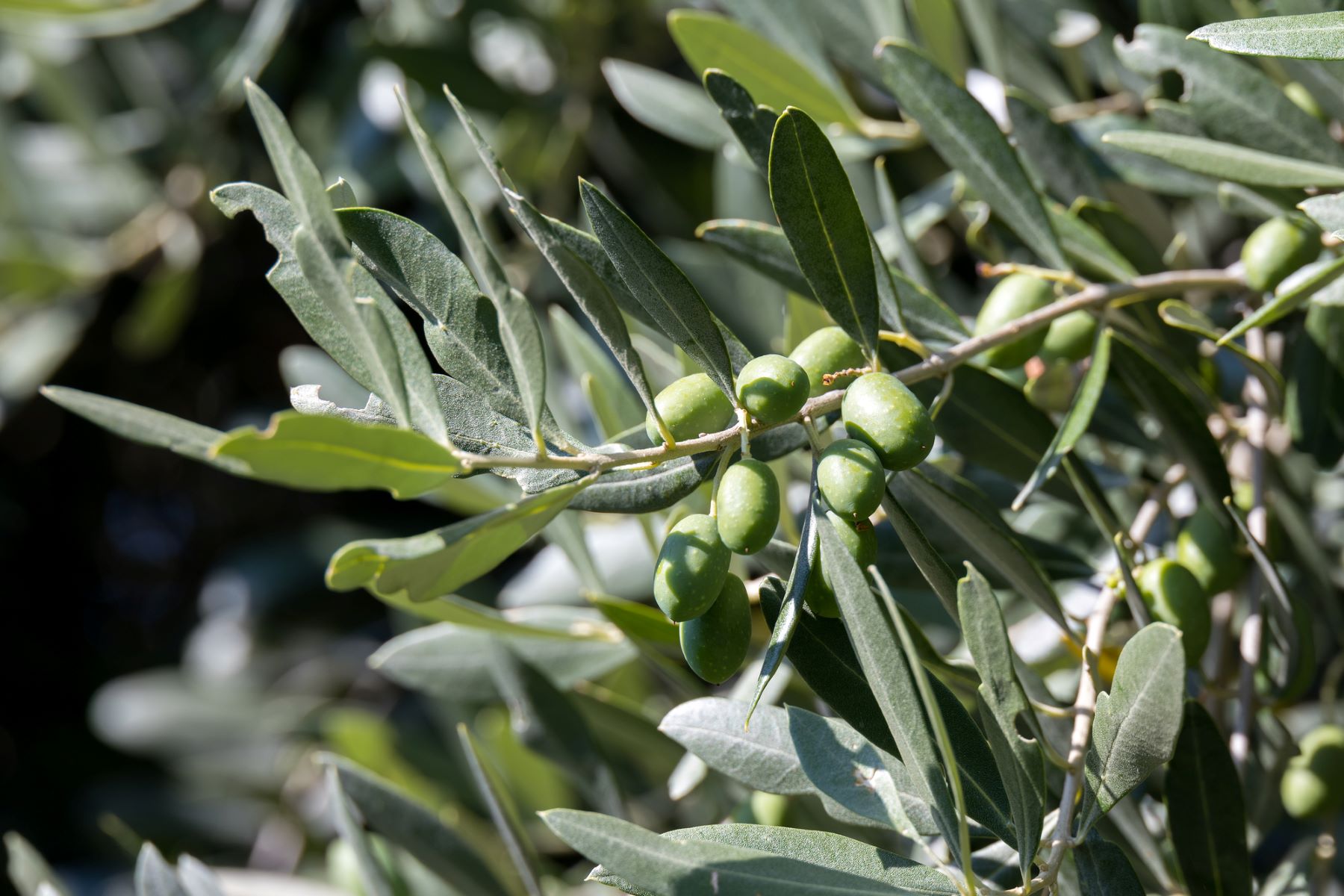The main objective of the BIOLIVAR project is the development, validation and dissemination of an effective and sustainable strategy to optimize natural capital in olive groves in an integrated production that is valid for a wide typology of farms.
Through this objective, the project aims to be useful to farmers when it comes to improve biodiversity management by integrating sustainable management of vegetation coversin order to adapt them to the different social, economic and environmental factors of the olive groves themselves, as well as the different risks and tensions that are associated with biodiversity.
Researchers from the Institute of Sustainable Agriculture of the Higher Council for Scientific Research (IAS-CSIC) of Córdoba have edited the “Guide to support decision-making for the implementation of vegetal covers in olive groves: decision criteria, examples and costs” which can be downloaded at Digital CSIC.

BIOLIVAR Project
The guide has been developed within the BIOLIVAR projectfinanced by the European Innovation Association, and in which scientific and agricultural institutions such as the Higher Council for Scientific Research (CSIC) participate through the Institute of Sustainable Agriculture and the Doñana Biological Station, the Regulatory Council of the Denomination of Origin Estepa, Evenor-Tech, the University of Córdoba, the University of Jaén, Syngenta, ASAJA-Seville and ASAJA-Andalucía. In addition, it has had the collaboration of the Andalusian Institute for Agricultural, Fishing, Food and Organic Production Research and Training (IFAPA).
Its main objective is to develop and share strategies to optimize natural capital in olive groves through the use of plant covers, whether living or inert, thus promoting the environmental and economic sustainability of olive farms. “The guide has a eminently practical guidance and tries to resolve doubts about the installation of vegetal covers in olive groves and provides a series of practical examples that guide the best solutions adapted to each olive grove”explains one of the authors of the publication, Javier Montoliu.
Vegetative covers, olive groves and biodiversity
Thus, the publication begins with basic concepts about the effects of covers and criteria to determine doses and planting mixtures. It then offers a structured question and answer system to help olive growers identify the most suitable cover strategy for their specific conditions. It also includes illustrated examples of the use of covers in olive groves, and a cost estimate for various strategies, allowing users to calculate and adapt these costs to their own operationss.
In summary, “the purpose of this guide is to facilitate olive growers identify and apply sustainable solutions based on well-documented examples and principlesthus contributing to the future viability and conservation of agricultural and natural heritage,” Montoliu adds. Reference: Montoliu Santos, J., Soriano, MA, Guzmán, G., & Gómez Calero, JA (2024). Decision support guide for the implementation of vegetal covers in olive groves: decision criteria, examples and costs. Soil Erosion Laboratory (IAS-CSIC).

